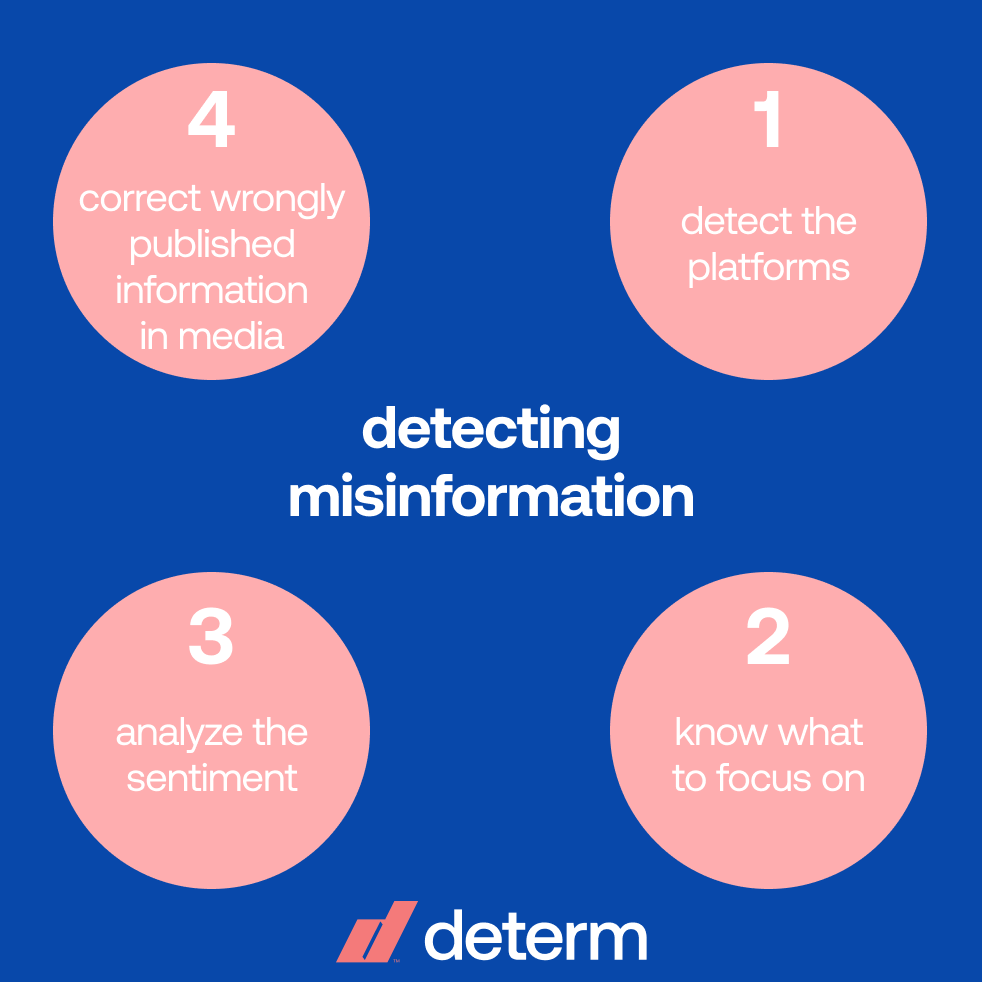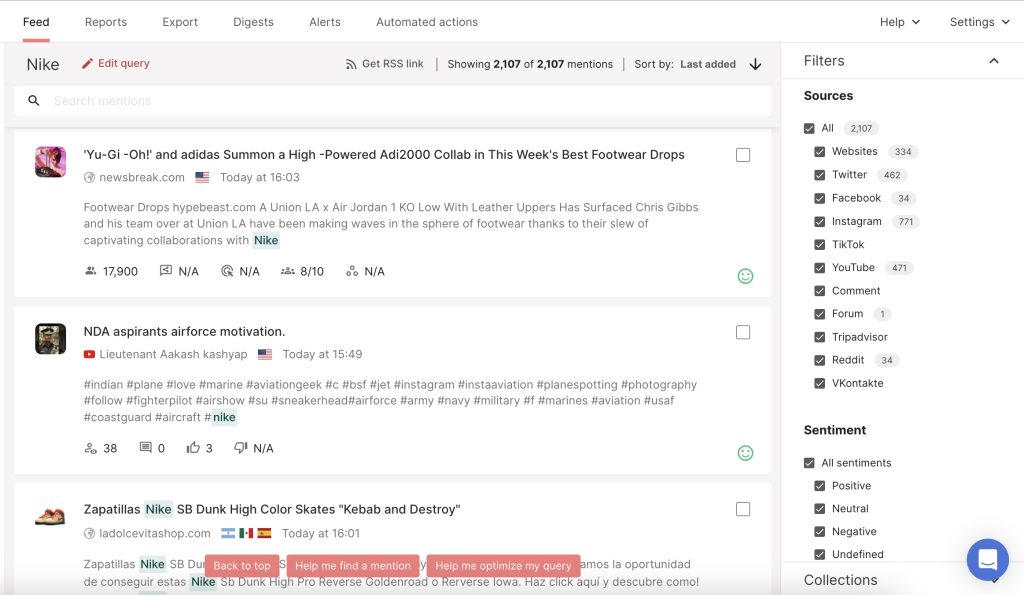The term “fake news” gained in popularity in the last couple of years, but the truth is it’s been around for much, much longer. Even though it’s usually connected to politics, fake news is affecting many areas of life.
Pharma industry is no exception.
The internet, social media particularly, is giving everyone a platform for expressing their opinions and thoughts that are not necessarily fact-based. There are no fact-checkers and people can post and share information without consequences.
💡 Read Digital PR Explained: Best Strategies and Tools
However, when it comes to information about health, it becomes tricky. People are sensitive when it comes to their health and are vulnerable to accepting misleading and inaccurate information. And that makes for a fertile ground for spreading fake news in the pharma industry.
The Big Pharma
Pharmaceutical companies battle with fake news on a daily basis, especially when it comes to vaccines. Contradicting information often confuses people and causes suspicion and distrust in the pharma industry.
Since the internet is equivalent to a black hole, finding all misinformation can seem like a daunting task. For example, when you google vaccines, there are 355,000,000 results. Misinformation is a big problem because often people are not critically assessing what they’ve read and tend to believe the information without further research.
Plus, it doesn’t help that people have general distrust in pharmaceutical companies either.
Whether we’re talking about untruths about the ingredients, potential consequences of the vaccine, or something else, the fact is that it is not uncommon to find those online.
In these cases, media monitoring tools can be extremely helpful.
Let’s take the most controversial topic for example – vaccines.
By tracking posts containing words like (anti) vaccine(s), vaccination, and similar, you can gather valuable information and detect misinformation that is spread online. That way you’ll know what you’re up against, and you can create content that will provide truthful and helpful information.
Below we describe the 4 steps you can take to correct and prevent fake news from spreading:
- Detect the platforms relevant to the pharma industry
- Know what fake news to focus on
- Analyze the sentiment of the pharma industry mentions
- Correct wrongly published information in media

Step 1: Detect the platforms relevant to the pharma industry
Recently, Instagram, Facebook, and Pinterest put in safeguards in order to battle vaccine misinformation. It was prompted by the measles outbreak in the US last year.
But, those platforms are just a portion of the internet. According to our analysis, anti-vaccine mentions were the highest on Twitter (40.3%), Web (37.5%) and Reddit (17.9%).
By being aware of the most common platforms used for anti-vaccine talk, you can direct your communication efforts towards them. Publish content based on research and facts in order to dispute misinformation, and use social media to spread it.
By doing this, you’re on the right path toward gaining the public’s trust and positioning yourself as a credible source.
Step 2: Know what fake news to focus on
Pick your battles. You don’t have to react to every single thing someone with a fake account wrote online. But, you do have to keep track of the patterns. If you see that certain topics are constantly reappearing in posts, use them as guidance for your communication efforts.
For example, one of the things that constantly pop up in the conversation about vaccines is autism. To stop more unproven claims to become widely spread, it’s important to detect them early on and correct them.
If you look at the Word Cloud, you can see what words were used the most in the connection with vaccines and start from there.
Step 3: Analyze the sentiment of the pharma industry mentions
One of the ways you could track whether your communication efforts have made progress is by tracking the sentiment of the online mentions.
By setting up the right topics, you can track whether the sentiment is changing over time, or if it doesn’t change at all. If the negative sentiment is growing, or if the sentiment is staying the same, you should consider reevaluating your communications effort.
As you can see from the pie chart below, the current sentiment of vaccine mentions is predominately negative in general.
Step 4: Correct wrongly published information in media
When you send out press releases to the media, it can sometimes happen that they unintentionally publish something wrong. By tracking your companies name, you can easily spot where the wrong information was published. That way you have a chance to make corrections.
That way, you won’t have to google and scroll through the myriad of articles and checking all of them.
If you use media monitoring, you’ll get all of the articles containing your keywords chronologically listed so you can immediately check the latest ones.
This way you can be sure that only truthful information is coming from you.

To sum up
Since misinformation about health is a serious subject and should be treated as such, pharmaceutical companies have a responsibility to be transparent and truthful in their communications with the public.
As mentioned before, the public’s trust in pharmaceutical companies is at an all-time low, and fixing that should be a priority. Improving communication efforts with the public is a start, especially when it comes to misinformation.
By monitoring online mentions, you’ll get valuable information that can guide your communications effort to establishing better relations with the public.